Intro
Not an official breed, the Veiga Horse is a strain of Lusitano which is bred in central Portugal.
Read more
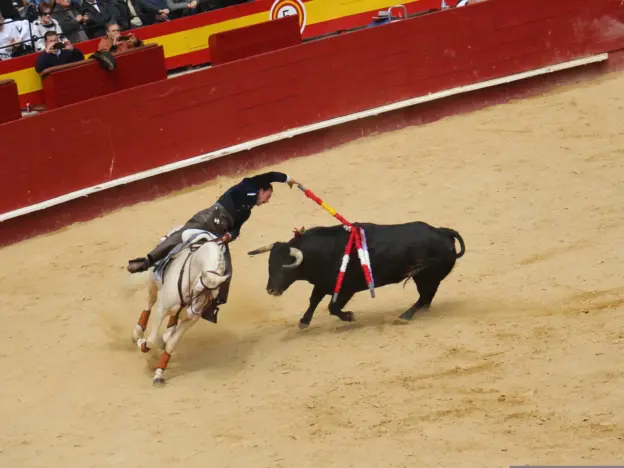
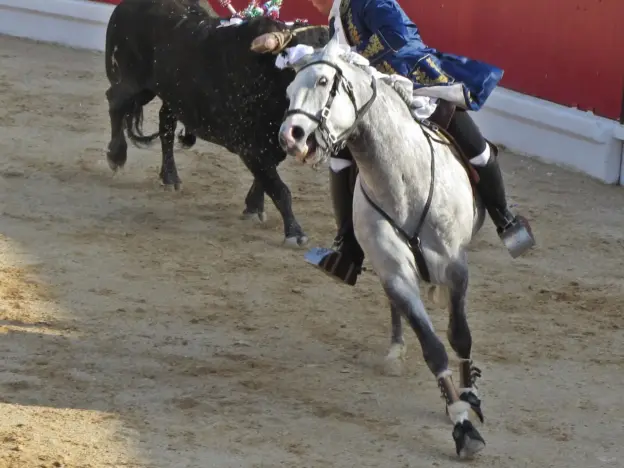
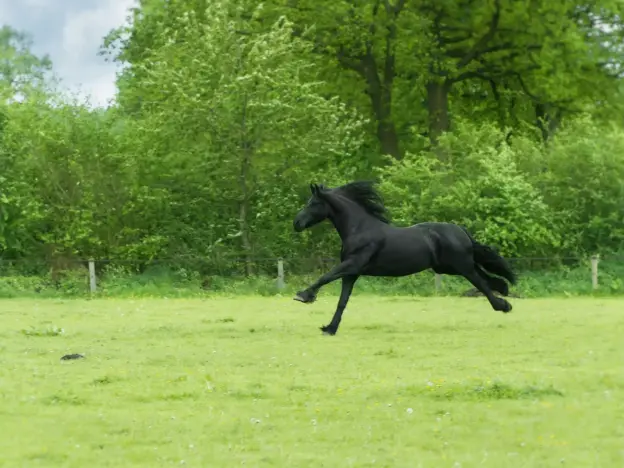
Called Warlander in the US, the European version is called the Ispazon Horse and they are the product of Andalusian or Lusitano and Frisian animals.
Read more
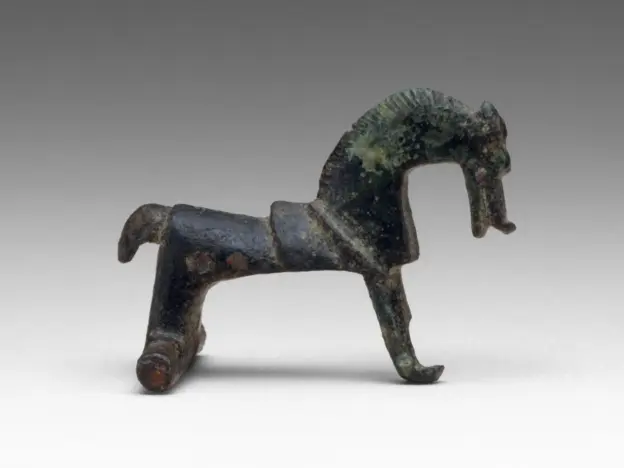
There are a number of pony breeds which can be called Celtic, most of them are related to one another on some level. The original was a wild horse found on the British Isles and parts of Western Europe, which as the name suggests, was probably domesticated by the Celts
Read more
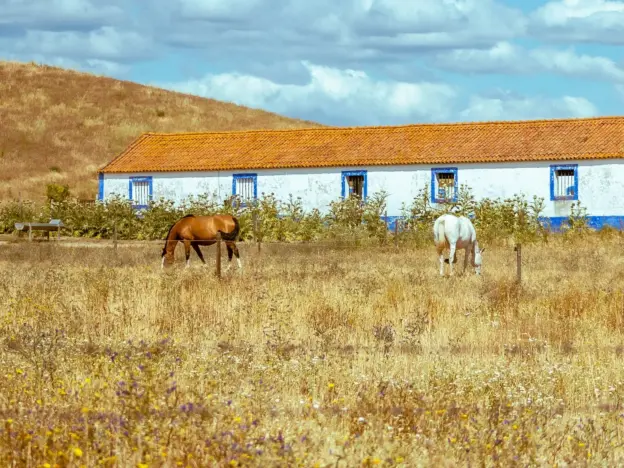
Not an official breed, the D’Andrade Horse is a strain of Alter Real or the Royal breed of Alter. The branch is named for the man who is responsible for the breed’s survival, Dr. Ruy d’Andrade. They are mainly found in Alto Alentejo, Portugal.
Read more
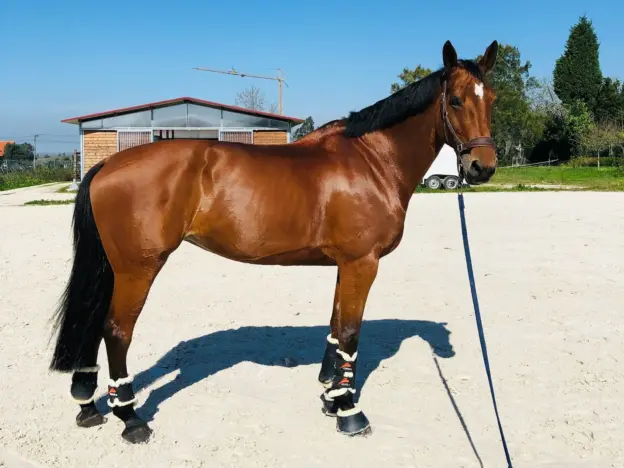
Like most of the sport horse or warmblood breeds, the Português de Desporto or Portuguese Sport Horse is more of a type. Registered based on performance, registries utilize a mix of excellent genetics from different breeds to generate animals with good temperament and athletic ability.
Read more
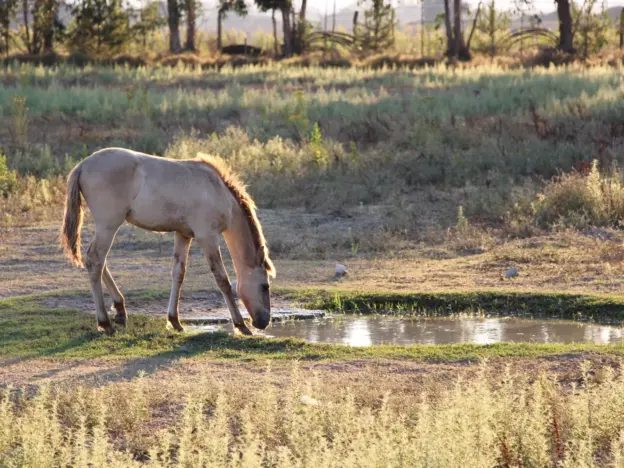
The Sorraia is thought to be the last remnant of wild horses that lived across most of the Iberian Peninsula, including parts of Spain and Portugal. Although we call them a breed today, they are actually what remains of an indigenous wild horse. Only recently, after the Portuguese National Stud took over registration of these animals, have they been promoted as a ‘breed’.
Read more
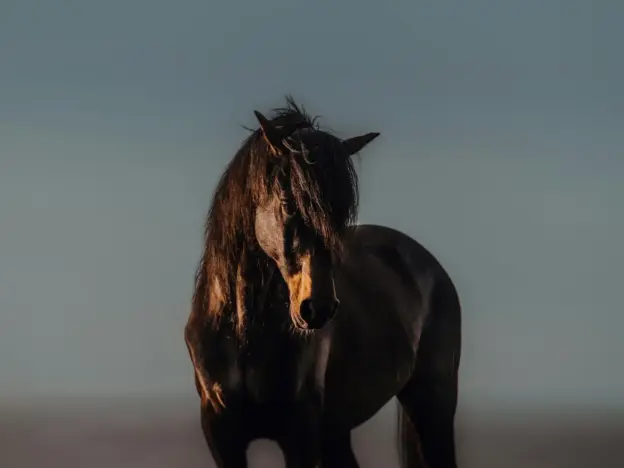
A close brother to the mighty Andalusian, Lusitanian, Puro Sangue Lusitano or Lusitano horses share some of the oldest bloodlines around.
Read more
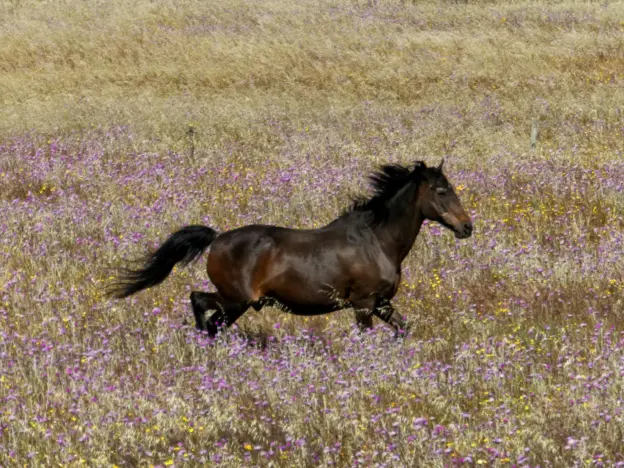
Also called Minho, Garrano do Minho, Trás os Montes, the Garrano is a prehistoric Portuguese pony which has adapted to the climate and geography in the northern mountain regions of the Iberian Peninsula. Cave paintings from the Paleolithic era describe a pony that is the ancestor of today’s breed.
Read more
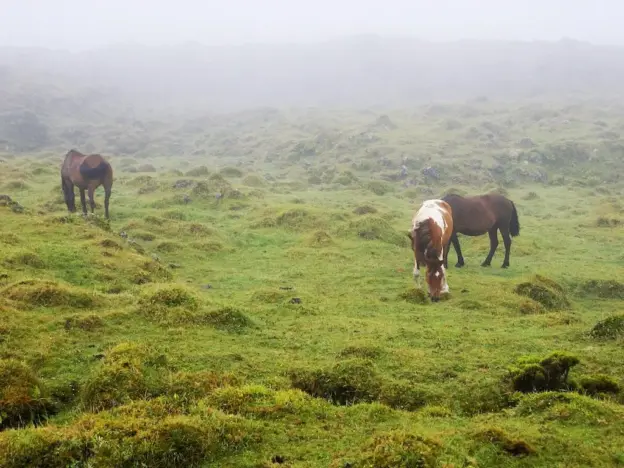
The Terceira Pony or Azores is an ancient breed native to Portugal with very little formal documentation, there is not much known about the Azores breed. These animals are different from most of the Iberian ponies, as their confrmation is more of a small horse than a pony.
Read more